Picking the best camera for vlogging is a bit more involved than looking at the video specs of a range of cameras, as there are a number of other considerations to take into account.
For a basic head shot, all you really need is the camera that’s built into your smartphone, tablet or laptop. But if you want the world to sit up and take notice of your vlog and attract a wider audience, you’ll need to put in a bit more effort and get the right tools for the job. So what makes for a good vlogging camera?
If you want to publish a record of your life experiences, you’ll need a camera that’s small enough to carry around with you. That rules out big, clunky DSLRs with a barrowload of lenses, but there are a couple of relatively lightweight DSLRs on the market that are ideal for vlogging.
For greater go-anywhere convenience, a mirrorless camera can shoehorn the quality and versatility of a DSLR into a much smaller package. And if you don’t feel the need to swap lenses to suit different shooting scenarios, a regular compact camera typically takes up even less room. For all-action heroes, a specialist action camera is the best fit.
Video quality
Whatever type of camera you go for, you’ll need one that can deliver good quality video, preferably in Full HD (1080p) or even 4k Ultra High Definition, both formats now being supported by the likes of YouTube. Built-in Wi-Fi can be a big bonus, while a tilting or fully articulating LCD monitor screen can be extremely helpful for putting yourself in the picture.
We’ve picked out 10 top cameras of various shapes, sizes and attributes to suit different styles of vlogging
We’ve picked out 10 top cameras of various shapes, sizes and attributes to suit different styles of vlogging, and to fit into the bigger picture of your all-round stills and video shooting requirements. Some will suit your exact needs better than others, so we’ve listed them alphabetically, rather than recommending one overall winner.
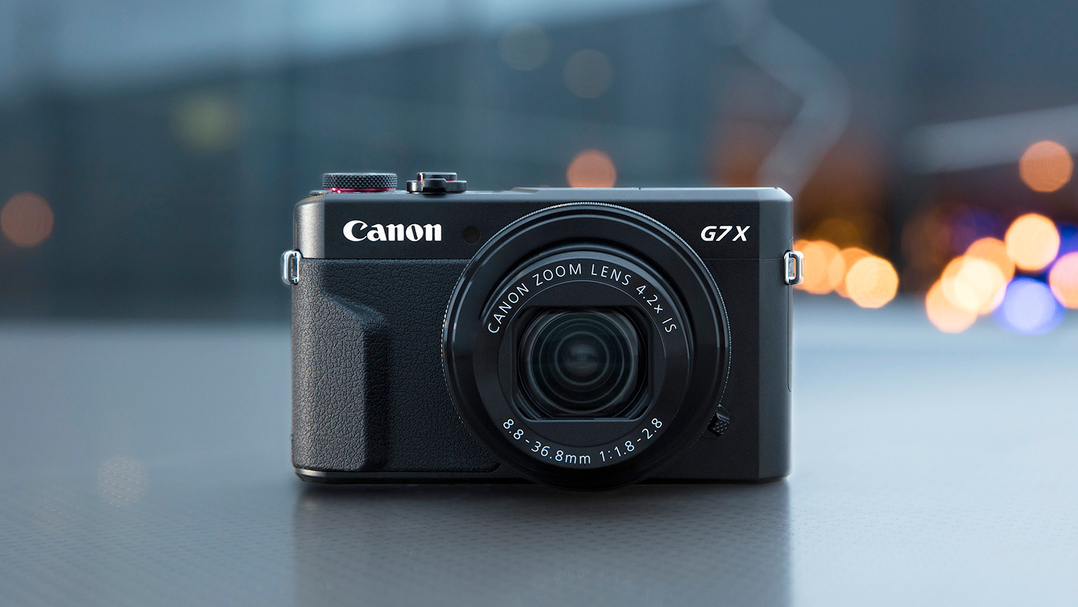
Smaller and lighter than many DSLR bodies even without a lens fitted, this compact camera is from Canon’s up-market PowerShot range. Despite its conveniently compact build, it has a fast f/1.8-2.8 zoom lens with a powerful 24-100mm effective range, feeding a 1.0-inch sensor that’s relatively large for a compact camera.
As well as delivering excellent stills quality, the PowerShot G7 X Mark II boasts clever features for vlogging. While not fully articulated, the PowerShot G7 X Mark II edition adds a flip-up facility to its tilting touchscreen, making it easy to frame yourself when talking to camera. The 5-axis stabilization is also particularly good for counteracting camera-shake when shooting movies, even when panning or moving around, and comes complete with an auto-level function to keep your horizons straight.
Read our in-depth Canon PowerShot G7 X Mark II review
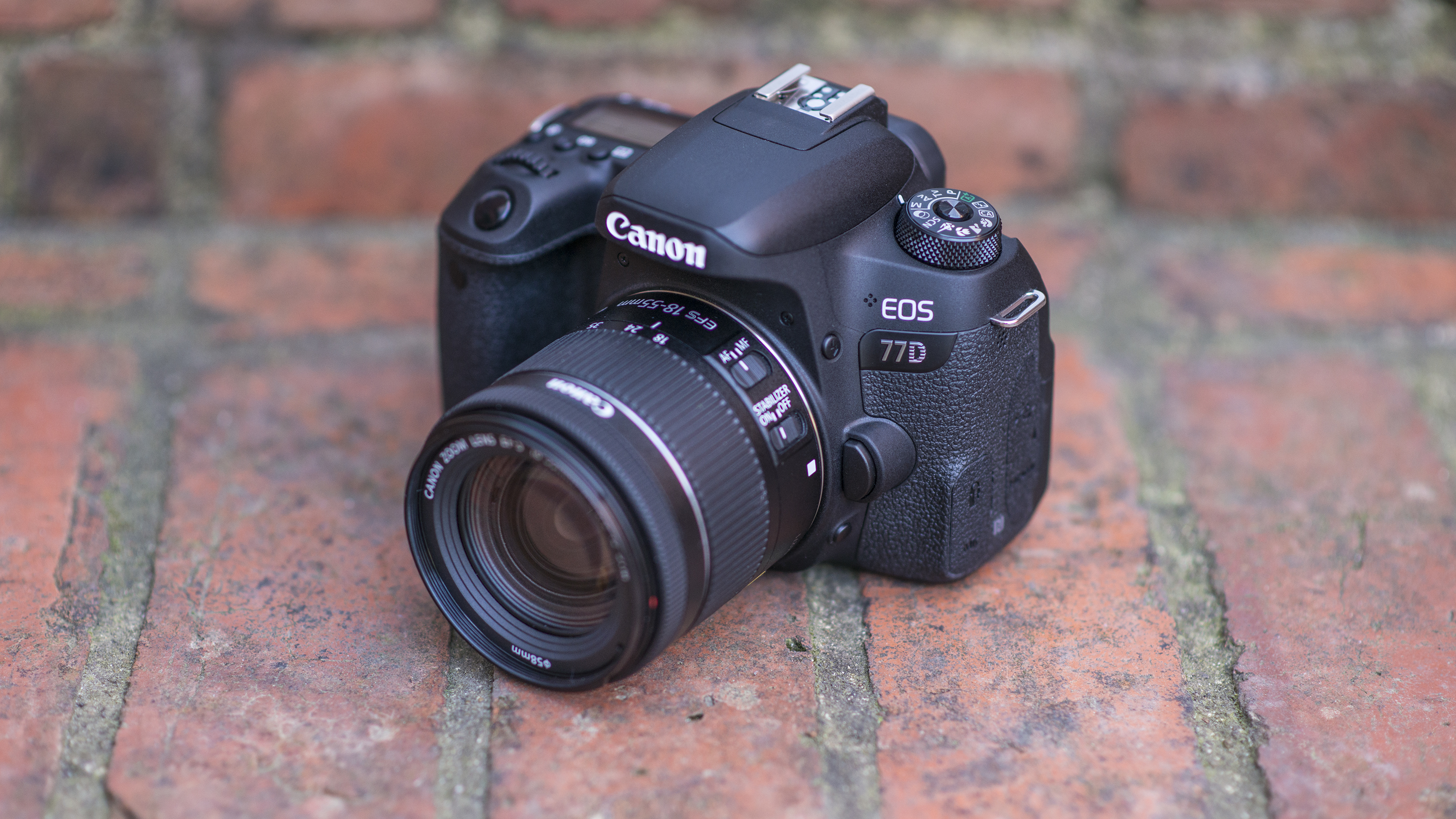
DSLRs are notoriously poor for autofocusing in Live View and when shooting movies. Like many of Canon’s current DSLRs, the EOS 77D solves the problem with Dual Pixel CMOS autofocus. This enables much faster and more effective autofocus in movie capture, especially when tracking moving subjects. It also works a treat with the touchscreen, enabling you to simply point to any part of the scene on which you want to focus. Better still, the screen in fully articulated, so you can ensure you’re positioned correctly when talking to camera.
More unusually for a Canon DSLR, the EOS 77D features 5-axis sensor-shift image stabilization. The camera still relies on in-lens, optical stabilization for stills capture, but the ‘Digital IS’ is highly effective when shooting movies.
Read our in-depth Canon EOS 77D review
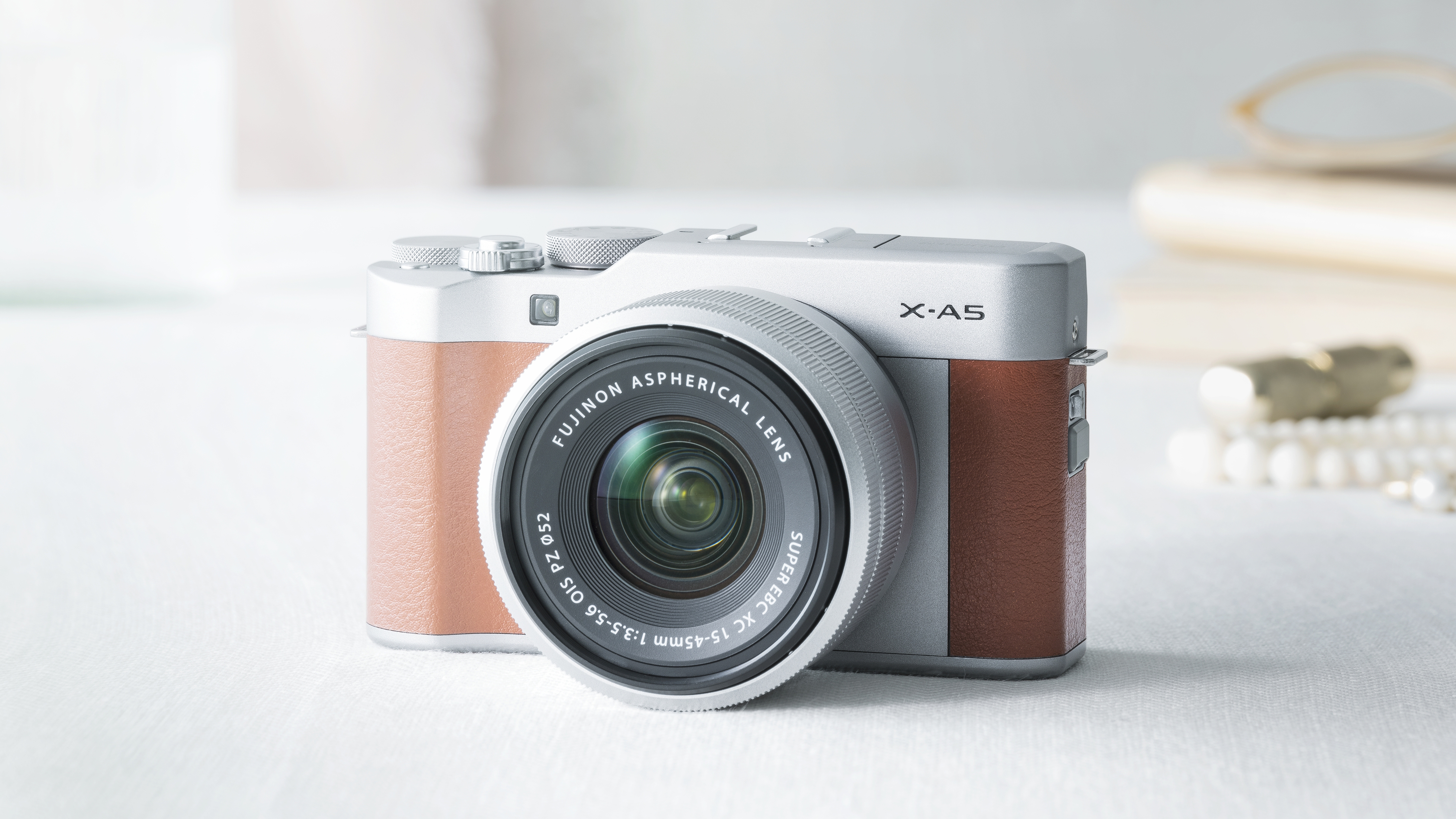
Wonderfully compact, this mirrorless system camera body is just 40mm deep, and remains very slim when fitted with the optional 15-45mm kit lens, which has a retractable design and a power zoom facility, ideal for video capture. Great for putting yourself in the shot, the LCD screen flips up through a full 180 degrees, automatically activating eye-detection autofocus in the process. The fact that it’s a touchscreen also helps with literally pointing out moving subjects on which you want to focus.
Advanced video features include ‘high-speed movies’ with slow-motion playback, and 4K ultra-high-definition capture. There’s a catch, however, in that 4K movies have a maximum frame rate of just 15fps. The result can be very detailed but jerky video, somewhat defeating the object.
Read our in-depth Fujifilm X-A5 review
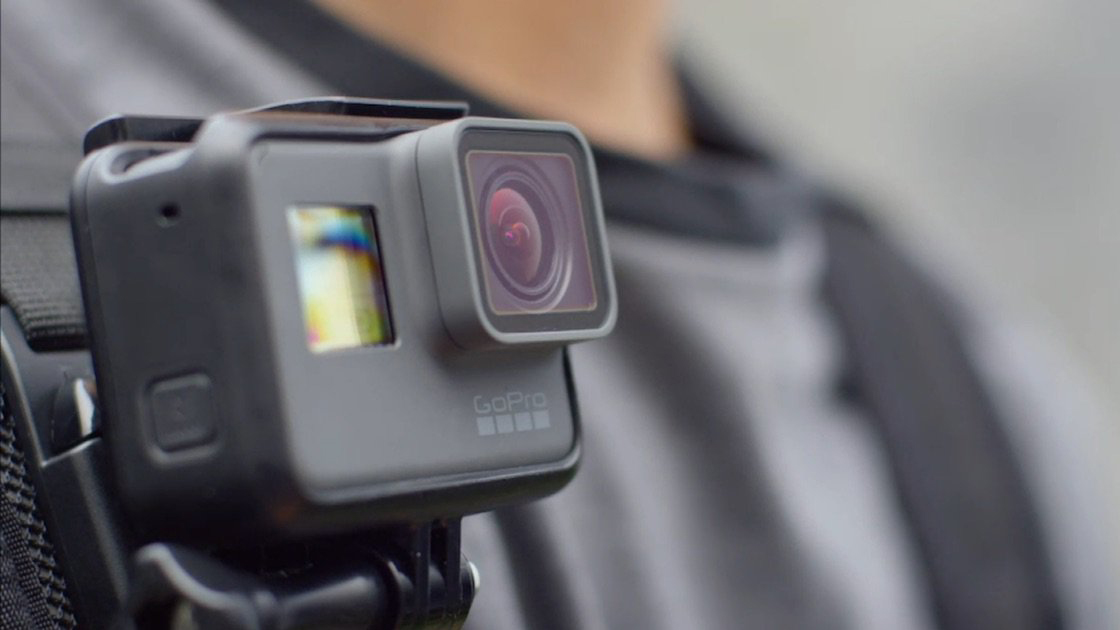
The GoPro camera brand has become synonymous with shooting a sporty, adventurous lifestyle. There are various models to choose from but the Hero5 Black delivers excellent performance and versatility at an attractive price. With the ability to choose between viewing angles equivalent to 14mm, 21mm and 28mm on a full-frame camera, it’s something of a wide-angle specialist, but the 12MP stills resolution is rather low. It’s much better suited to video capture and, indeed, delivers 4K videos at 30fps.
Boldly going where vlogging might not have gone before, the Hero5 Black is waterproof down to 10m / 33ft, has a longer-lasting battery than previous editions and enables hands-free voice control. There’s also a touchscreen, but it’s a bit on the small side, which is only to be expected considering that the camera itself is so tiny. A wide range of clamps and accessories enable you to attach the GoPro to pretty much anything and everything.
Read our in-depth GoPro Hero5 Black review
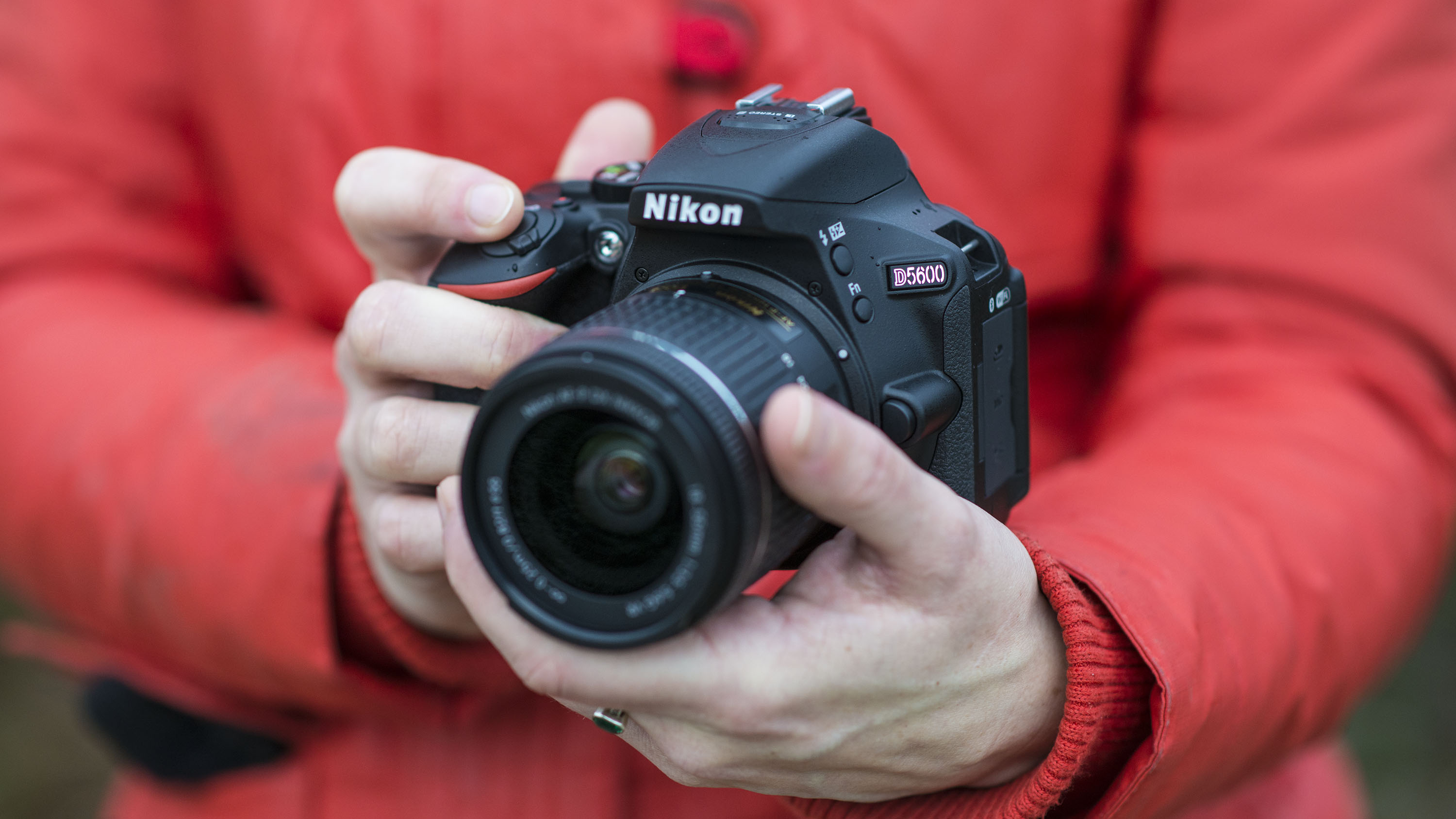
Particularly small and lightweight for a DSLR, the D5600 is easy to take along for the ride, especially with its retractable 18-55mm VR kit lens. With a ‘Pulse’ autofocus motor, the kit lens also gives the advantage of silent, smooth focus transitions when shooting movies. However, unlike most recent Canon DSLRs, the lack of phase-detection autofocus via the image sensor makes for sluggish performance and relatively poor tracking of moving subjects.
The 3.2-inch, fully articulated LCD screen looks good from any angle and can be a massive help when filming yourself, or for shooting just about anything else from tricky angles. As with most DSLRs at this price point, the maximum video resolution is 1080 60p, but that’s currently good enough for most of us.
Read our in-depth Nikon D5600 review
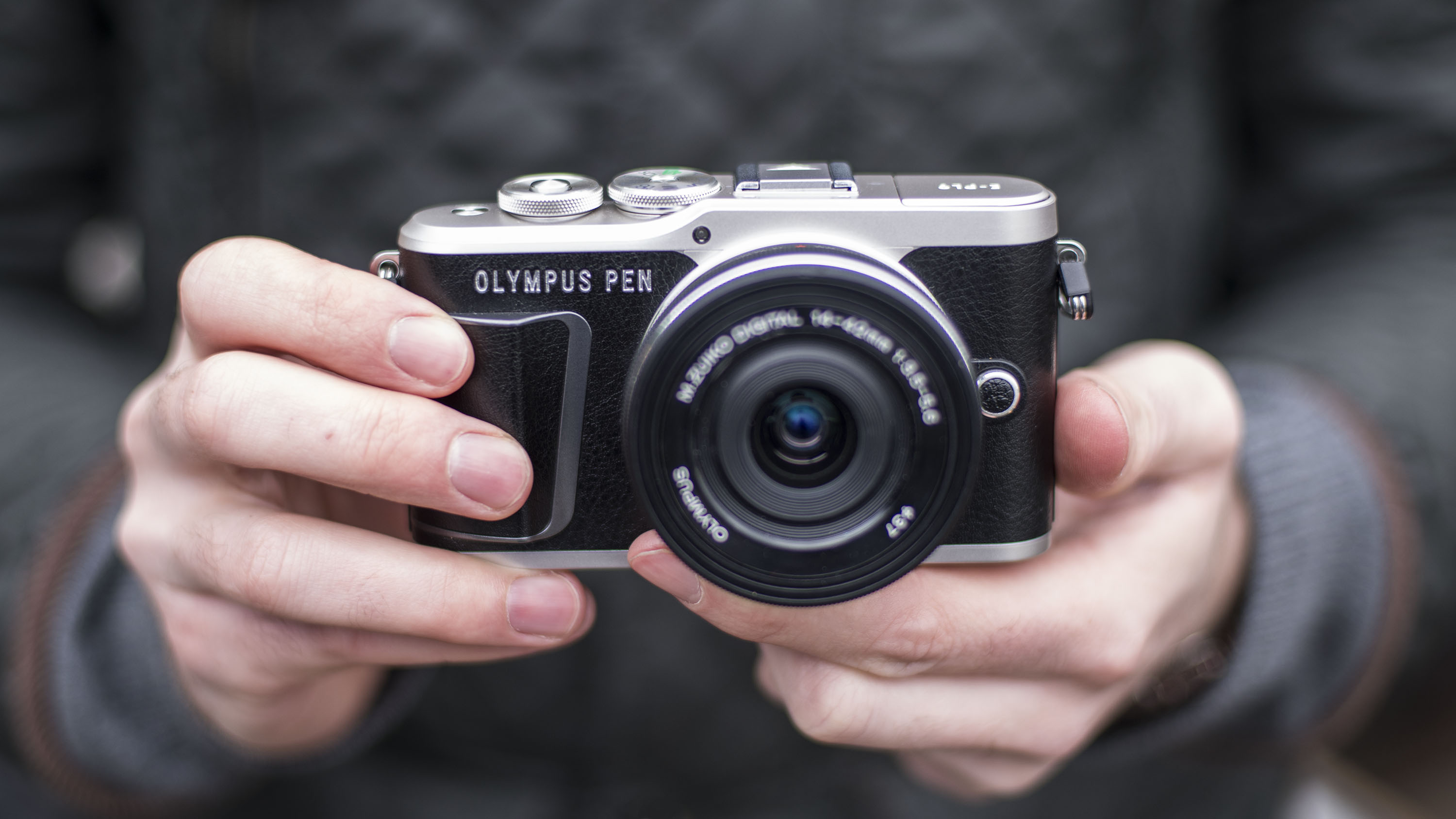
Simple to use yet stylish and effective, the Pen E-PL9 shoehorns a lot of camera into a very slimline package. It remains very compact when adding the 14-42mm EZ Pancake kit lens, which features movie-friendly motorized zoom. The camera has a three-axis sensor-shift image stabilizer which enables stabilization with any attached lens, for capturing movies as well as stills. Movies themselves can be shot at resolutions of up to 4K at 30fps, and there’s also an option for high-speed capture in 720p at 120fps.
Taking selfies and capturing yourself in movies benefits from a tilting LCD screen with a 180-degree flip-over facility, and the autofocus system comes complete with face-detection and eye-detection options. As well as Wi-Fi, the camera has built-in Bluetooth, for easy paring with other mobile devices.
Read our in-depth Olympus PEN E-PL9 review
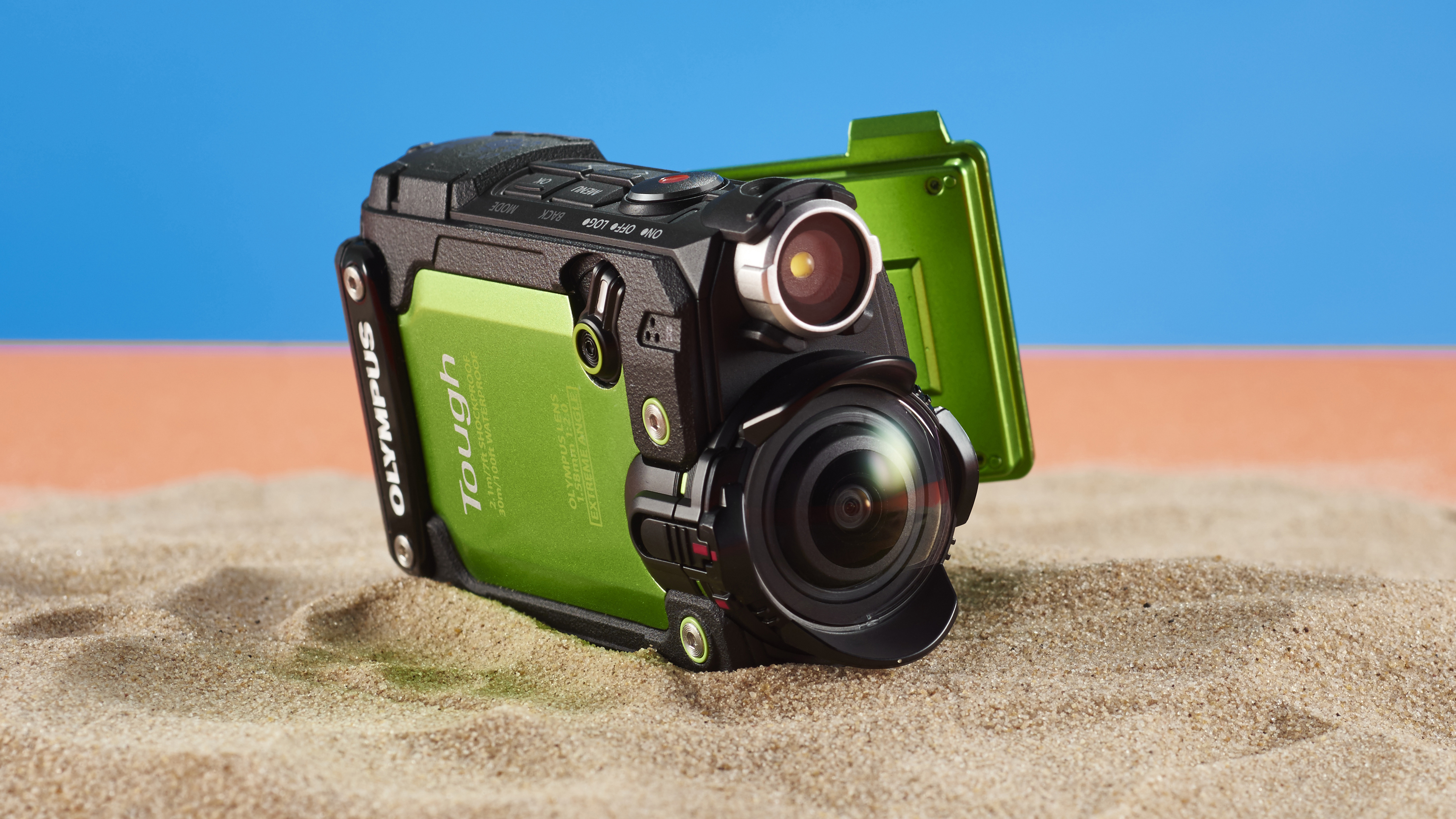
Despite being very small and lightweight, this action camera has a stylish design that’s more reminiscent of a miniature camcorder than a digital matchbox. A tough cookie, the Olympus is waterproof down to 30m, freezeproof to -10C, crushproof to 100kg, and can withstand being dropped from 2.1m. Other adventurous features include GPS, an electronic compass, an accelerometer, a thermometer and even a manometer, plus a ‘headlight’ for taking a shot in the dark.
There’s no need to worry about focusing, as the built-in ultra-wide prime lens enables a fixed focus setting that keeps everything sharp from 20cm away to infinity. Even so, putting yourself in the frame can be a bit hit and miss, as the flip-out LCD doesn’t rotate and can’t be viewed from in front of the camera.
Read our in-depth Olympus Tough TG-Tracker review
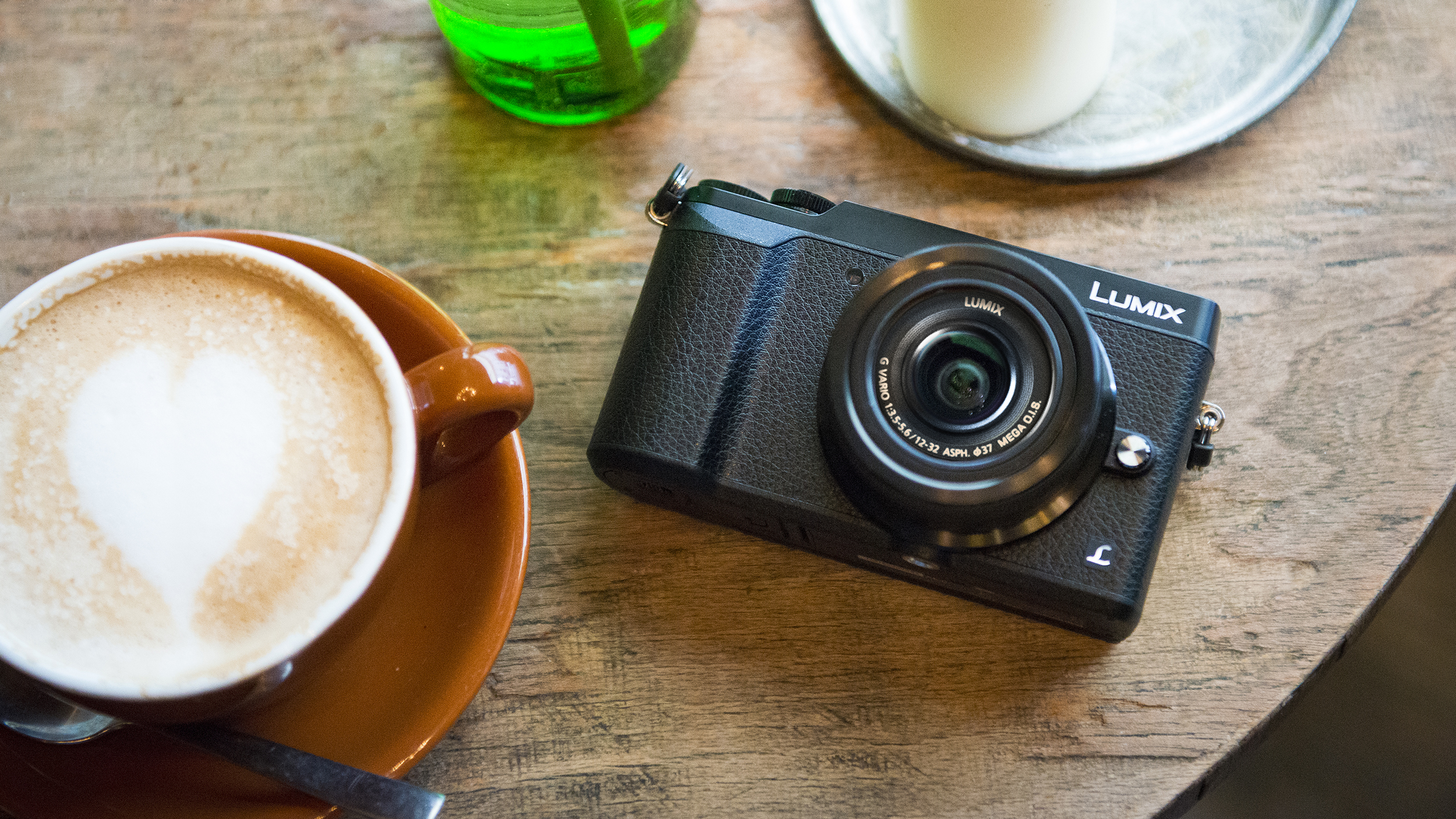
Panasonic has made quite a name for itself in producing stills cameras that are equally adept at shooting video. The Lumix GX80 (known as the GX85 in the US) is a good case in point. It’s well-built yet much more slimline than a DSLR, despite having an excellent built-in electronic viewfinder, as well as a tilting LCD touchscreen. A retracting 12-32mm kit lens continues the compact design theme. One disappointment with the rear LCD is that the amount of tilt is relatively limited, so you can’t keep an eye on yourself when you’re in front of the camera.
Autofocus performance is excellent for both stills and movie capture, as is the 5-axis sensor-shift image stabilizer, which can work on its own or in conjunction with optical stabilization (if featured in an attached lens). 4kK 25p movie capture is welcome but, as with most Micro Four Thirds cameras, the 16MP stills resolution looks a bit dated.
Read our in-depth Panasonic Lumix GX80 / GX85 review
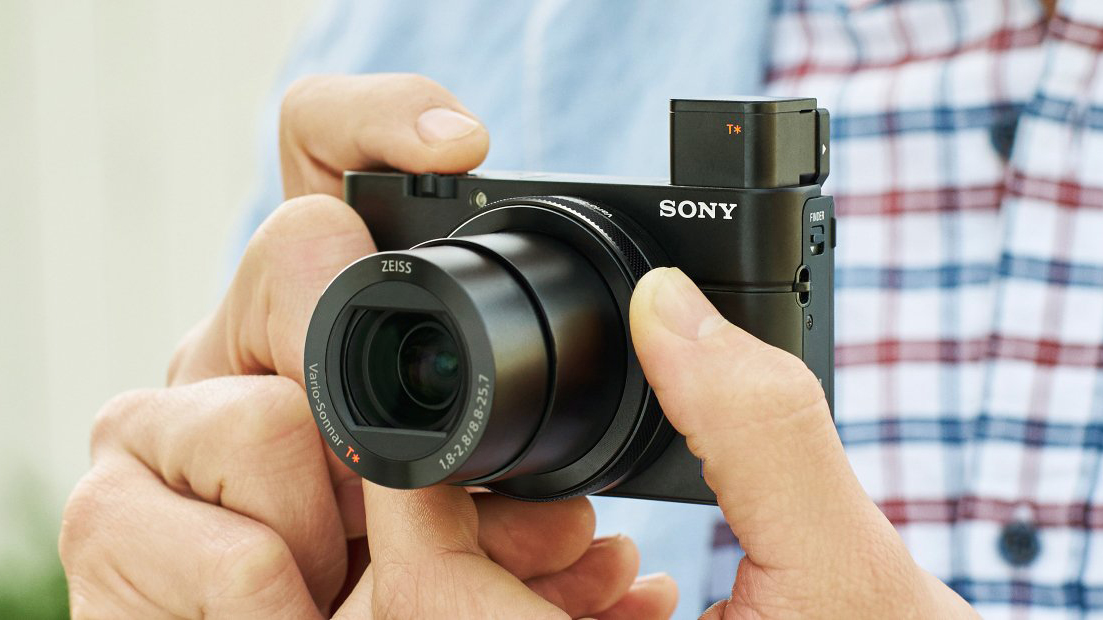
Disarmingly small and simple in its appearance, the RX100 Mk IV is nevertheless a powerhouse of a compact camera, complete with a built-in zoom lens that has an effective zoom range of 24-70mm and fast f/1.8-2.8 aperture rating. It’s not just the lens that’s fast either. Thanks to a remarkable ‘stacked’ CMOS image sensor with an onboard DRAM chip, it’s capable of super-speed shooting. Incredibly quick shutter speeds of up to 1/32,000th of a second are available, complete with an anti-distortion function to avoid rolling shutter effects when shooting video. The Sony also enables high-frame-rate video at up to 960fps, resulting in a 40x super slow-motion facility. Even stills shooting is rapid, at up to 16fps utilizing the full 20.1MP resolution of the 1.0-type image sensor.
Stills and video can be composed using the pop-up electronic viewfinder, or via a tilting LCD that can be flipped upwards through 180 degrees for viewing from in front of the camera. You can capture video at resolutions of up to 4k 25p, although UHD video clips are limited to a maximum duration of just five minutes. The same limitation applies to the newer RX100 V edition, which has a more advanced autofocus system but is more expensive to buy.
Read our in-depth Sony Cyber-shot RX100 IV review

Newer stablemates of this camera include the A6300 and A6500, which add 4k movie capture and five-axis stabilization respectively. The A6000 is rather less expensive to buy and still has a lot going for it. It packs a 24.3MP APS-C format image sensor into a very compact mirrorless design, with a fast hybrid phase/contrast autofocus system and high-resolution OLED viewfinder. The 16-50mm kit lens is well worth having, giving an effective zoom range of 24-70mm, complete with optical stabilization and motorized power zoom.
For easy sharing with compatible smartphones and tablets, the Sony has NFC as well as regular Wi-Fi connectivity. Smart remote control is also available via a smartphone app, but the versatility of the tilting LCD screen is more limited. It doesn’t tilt far enough to enable viewing when you’re ‘in front of camera’, and it’s not a touchscreen either.
Read our in-depth Sony Alpha A6000 review